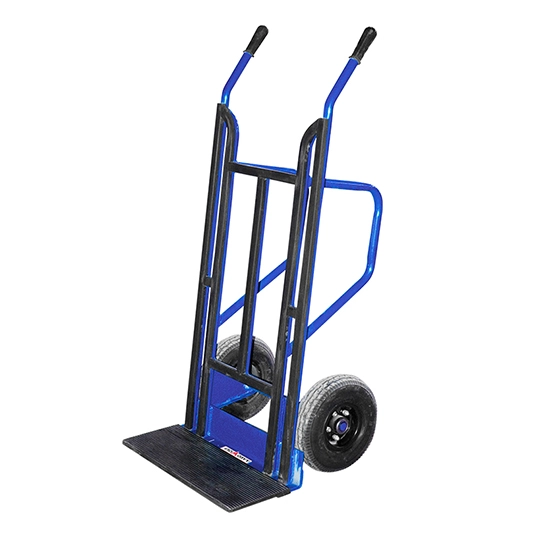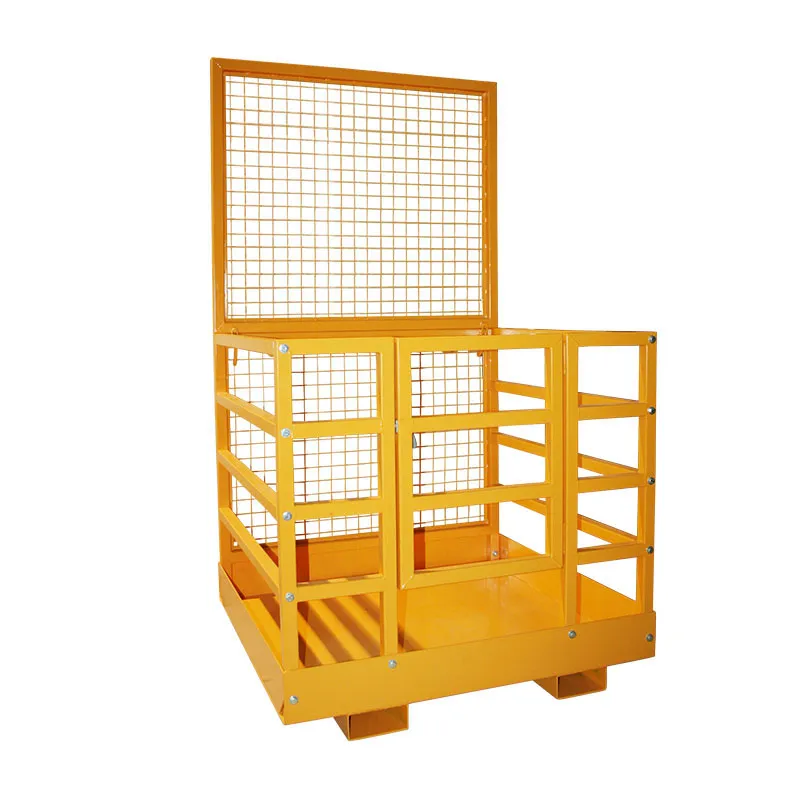Best Practices for Safe, Efficient, and Productive Operations
Material handling is the foundation of efficiency and safety across construction, warehousing, logistics, and manufacturing. But behind every smart, safe, and cost-effective system are universal principles of material handling—guidelines that optimize the flow of goods, reduce labor, protect workers, and minimize waste.
Whether you’re lifting heavy stone slabs, managing warehouse pallets, or moving bulk goods on a busy construction site, understanding these principles ensures you select the right tools, follow best practices, and maximize operational value.

Table of Contents
ToggleWhat Is Material Handling?
Material handling refers to the movement, storage, protection, and control of materials throughout their lifecycle—from raw goods at the job site to finished products in the warehouse. It encompasses everything from simple wheelbarrows and carts to advanced forklifts for construction, hoists and cranes, Vacuum Lifters, and automated conveyor systems.
Learn more at What Is Material Handling?
Why Do Principles Matter in Material Handling?
Applying proven principles ensures:
- Safer worksites and warehouses
- Lower labor costs
- Increased productivity
- Reduced material waste
- Regulatory compliance and risk management
Principles are the universal “rules of thumb” that inform equipment selection, site layout, process design, and worker training.

The Core Principles of Material Handling
Below are the foundational principles recognized globally by material handling professionals:
1. Planning Principle
Every material handling process should be planned in advance. This means analyzing workflows, estimating load volumes, and selecting the right equipment for the job—be it Aardwolf Slab Lifters, forklifts, or conveyors.
Best Practice:
Map out your process from receiving to storage to dispatch before moving any materials.
2. System Principle
Material handling must be seen as a system, not a set of isolated tasks. Integrate all equipment, processes, and people into a seamless workflow—combining storage, movement, and control.
Tip:
Unify your material storage solution, site logistics, and equipment usage (Material handling Equipment) for maximum efficiency.
3. Space Utilization Principle
Maximize the use of available space—both horizontal and vertical. Effective storage and smart pathways reduce clutter, speed up movement, and minimize risk.
- Use high-density racking, modular shelving, and pallet systems.
- Leverage Jib Cranes and hoists for overhead lifting.
4. Unit Load Principle
Where possible, handle materials as unit loads—combining items into single units (e.g., pallets, bins, or containers) to reduce handling frequency, time, and cost.
Example:
Move stone slabs using Aardwolf Slab Lifters or bulk materials in wheelbarrows rather than piece-by-piece.
5. Gravity Principle
Take advantage of gravity to assist material movement. Gravity-fed conveyors, sloped storage, and chutes reduce the need for power and human labor.
6. Equipment Selection Principle
Select equipment based on material type, weight, shape, volume, and process needs.
- Use Vacuum Lifters for flat, fragile loads.
- Deploy forklifts for construction for heavy pallets.
- Choose Jib Cranes for localized vertical lifts.
See: Material-handling Equipment
7. Ergonomics Principle
Design material handling systems to reduce physical strain and risk of injury. This includes using ergonomic carts, adjustable platforms, and powered lifters.
Result:
Lower labor costs, improved safety, and greater worker satisfaction.
8. Standardization Principle
Where possible, standardize equipment and processes to simplify training, maintenance, and operations. Use common-sized pallets, bins, and modular equipment.
9. Flexibility Principle
Select equipment and processes that can adapt to varying material sizes, types, and workflows. This allows your operation to grow and respond to changing needs with minimal disruption.
10. Safety Principle
Prioritize safety in all aspects—equipment design, process planning, worker training, and site layout.
- Regularly inspect hoists and cranes, conveyors, and Vacuum Lifters.
- Train operators on safe lifting and storage practices.
Learn more: What Are the Objectives of Material Handling?
11. Maintenance Principle
All equipment—manual or powered—should be regularly maintained for reliability and safety. Keep logs, schedule inspections, and quickly address any faults.
12. Cost Principle
Always balance investment in equipment and technology with the expected benefits: reduced labor, increased productivity, and lower waste.
Applying Principles in the Real World
- On a construction site: A team uses Jib Cranes to move heavy stone, stores materials in modular racks, and leverages gravity for efficient unloading.
- In a warehouse: Workers use ergonomic carts and Vacuum Lifters for fast, safe movement, relying on standardized pallets for storage and shipment.
Equipment That Supports These Principles
- Aardwolf Slab Lifters: For safe, unitized handling of stone and slabs.
- Vacuum Lifters: Gentle, efficient movement of flat or fragile materials.
- Jib Cranes, Forklifts, Conveyors: For high-volume, efficient movement and storage.
- Wheelbarrows, Pallets, and Carts: For flexible, cost-effective solutions on any site.
Explore:
Conclusion
The principles of material handling are more than just guidelines—they are the blueprint for safer, more efficient, and more productive operations. By planning, systematizing, standardizing, and focusing on safety, businesses can reduce costs, improve construction site logistics, and stay competitive in any industry.
Further Reading:
- Aardwolf Slab Lifters
- Vacuum Lifters
- Jib Cranes
- What Is Material Handling?
- Material handling Equipment
- Material-handling Equipment
- What Is Material Handling Equipment?
- Which of the Following Is a Motorized Material Handling Device?
- What Is Mechanical Material Handling?
- What Are the Objectives of Material Handling?

















Please log in to leave a comment.